

We’re here to help! Wild Yards is a completely free website that is 100% dedicated to helping you create a wildlife-friendly, sustainable yard. Read more
WildYards is reader-supported. When you buy a product through a link on our site, we may earn a comission. Every product is independently selected by our (obsessive) editors and our reviews are unbiased and objective. Read more about our mission or our privacy policy.
Thanks to all of your hard efforts in weeding and watering, your lawn is in pretty good shape these days. And you want to make sure that it keeps performing well, maintaining its vibrant color and dense growth. You know it’s time to fertilize your lawn, but you’re not sure what type of fertilizer will work best. Is a balanced mix like 19-19-19 fertilizer appropriate? And, if so, how and when should you apply it to your lawn to keep your grass green and healthy?
A 19-19-19 fertilizer contains 19% nitrogen, 19% phosphorus, and 19% potassium. Applying this balanced combination of minerals in spring enables your grass, as well as the plants in your landscaping and vegetable garden, to start off the growing season on the right foot.
What do the numbers in 19-19-19 stand for?
First things first: what’s the deal with the numbers in commercial fertilizers? The three numbers represent the percentages of nitrogen, phosphorus, and potassium that a given fertilizer contains. A 19-19-19 fertilizer contains 19% nitrogen, 19% phosphorus, and 19% potassium. Balanced fertilizers contain equal amounts of these three minerals. But there are other mixes that emphasize one mineral over the others, like 16-4-8, which has more nitrogen than potassium, and more potassium than phosphorus.
Even though plants rely on a number of vitamins and minerals to stay healthy, N-P-K fertilizers contain the three minerals that are most crucial to plant health. Let’s take a look at just how these nutrients can improve your lawn and landscaping.
- Nitrogen — If your lawn is looking a little yellow these days, that’s a good sign it’s running low on nitrogen. This mineral plays an integral role in photosynthesis, allowing plants to turn sunlight, water, and carbon dioxide into energy. Without it, plants grow much more slowly, and they lose their vibrant coloring. Too much nitrogen, however, is just as detrimental, as it can burn foliage and kill roots.
- Phosphorus — Plants need phosphorus to replicate their DNA and RNA to produce new tissues. No phosphorus means plants are unable to recreate their own genetic coding, and the result is severely stunted growth. Phosphorus also helps plants mature and become established. Without it, seedlings stay spindly for long periods of time, often dying before they ever reach adulthood.
- Potassium — This mineral is essential to plants because it helps them ward off diseases and regulates moisture loss. Potassium helps plants survive droughts by limiting the amount of hydration lost through the opening and closing of the stomata. Plants that are suffering from low levels of this important nutrient wilt quickly when exposed to sunlight and require more water than their healthy peers.
One of the benefits of 19-19-19 fertilizer is that it offers an even split of all three of these minerals. Because it has a moderate percentage of nitrogen, phosphorus, and potassium, that makes it an excellent all-purpose fertilizer suitable for a variety of circumstances.

How can you tell if your lawn needs 19-19-19 fertilizer?
The only way to tell what kind of fertilizer your lawn needs is to test the soil. A simple at-home N-P-K soil test will quickly tell you what your soil’s ratio is. Most soils have a ratio of 3:1:3 or 5:1:2, but it’s impossible to say what your soil’s ratio is without a test. To make matters even more complex, your soil’s N-P-K level can change from season to season, which is why regular testing is so critical.
The jury’s still out on what the ideal soil ratio is. But it should offer plants an ample supply of nitrogen to encourage healthy foliage production, and have generous levels of phosphorus and potassium to help them get established, too. Aim for a soil N-P-K ratio of 8:2:5 or 12:10:8 and your lawn should do just fine.
In addition to testing, other signs that your lawn would benefit from a 19-19-19 fertilizer include yellowing foliage, stunted growth, poor disease resistance, and an inability to thrive in warm temperatures and moderately dry soils.
When should you apply a 19-19-19 fertilizer?
You can apply your first round of fertilizer in the spring, just as your grass is sprouting up and your ornamental plants are budding out from their winter dormancy. This is the ideal time to feed plants because this is when their nutritional needs are at their highest (except for fruiting and flowering plants, which experience increased nutrient needs during their reproductive period as well).
Newly reseeded lawns should be fertilized to give seedlings the minerals they need to get established quickly. Fertilizing new lawns also boosts the success rate, which can save you money and hassle. Better to seed and fertilize once than have to reseed over and over again because the grass doesn’t have the minerals it needs to take.
With a balanced fertilizer like 19-19-19, it’s best to apply a new round every 8 to 10 weeks. This gives plants a steady supply of minerals so they can grow at an even pace. Fertilize your lawn until mid-fall, and avoid fertilizing over the winter months to prevent unused minerals from sitting in the soil and burning plant roots.
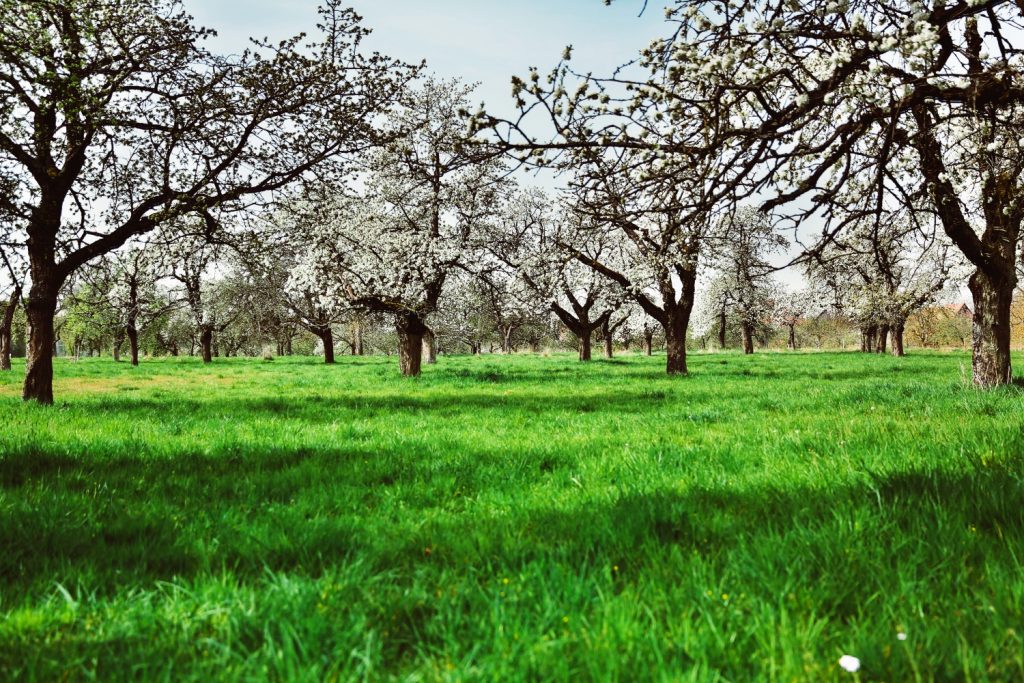
How much 19-19-19 fertilizer should you use?
Fertilizer application is based on how much nitrogen should be applied per square foot. So you should use 5.26 pounds of 19-19-19 fertilizer per 1,000 square feet. Always check the manufacturer’s label to ensure you apply the fertilizer at the appropriate rate. Underapplying can deprive plants of the minerals they need to survive, but over-applying can burn them — and it’s a waste of time and money to boot.
What are the different types of 19-19-19 fertilizer?
Fertilizers have come a long way in the past few decades. There’s more than one type of 19-19-19 fertilizer to choose from, and trying to figure out which one is the best one to use can be confusing, especially if you’re a first-time homeowner just trying to make sense of it all. So, to help you make the right choice for your lawn and garden, take a look at the four most-used types of 19-19-19 fertilizer and how they should be applied.
Powder fertilizer
Powder fertilizers are a longtime favorite because they’re just as easy to use as they are to find. Plus, they’re inexpensive, and that’s always a good thing. Apply powder fertilizers to dry foliage, to prevent it from sticking to the leaves and burning the plant. Be sure to water the plants well after fertilizing to activate the nutrients. Powder 19-19-19 fertilizer is relatively short-lived, so it should be reapplied every 6 to 10 weeks or so. But its fast-acting nature makes it a good choice for sickly lawns that need immediate care. If your lawn is looking sparse and developing bare patches, powder fertilizer can help you combat the problem quickly.
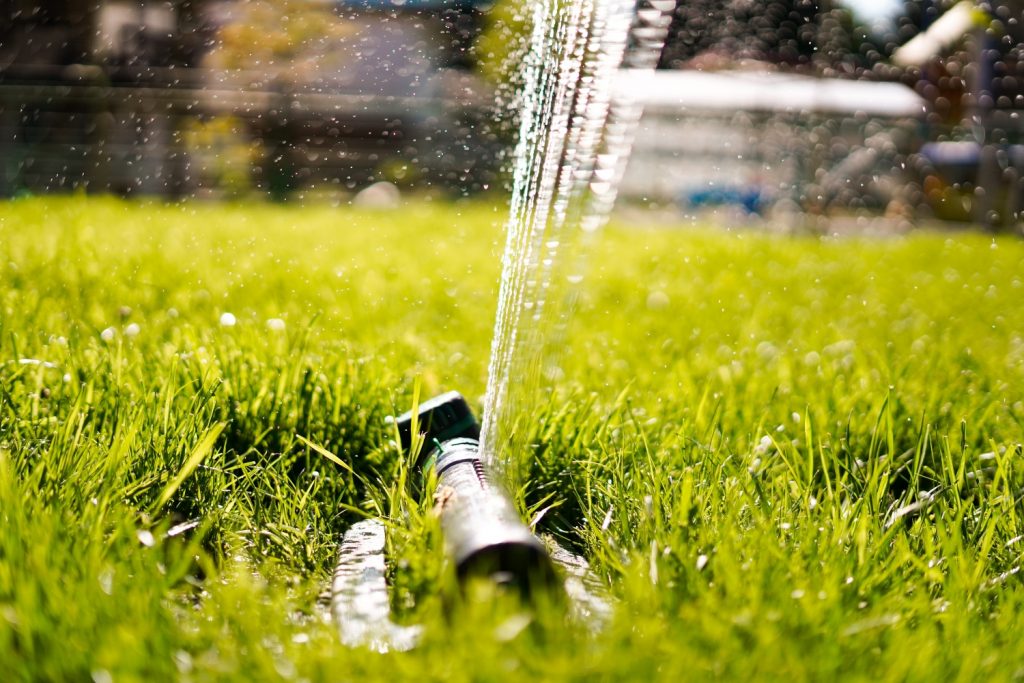
Liquid concentrate
With liquid concentrate, all you have to do is spray it and forget it. This fertilizer dilution starts working the second it hits the soil, where plants can soak it up fast and keep growing without skipping a beat. Like powder fertilizers, liquid concentrates are fast-acting, so they do need to be reapplied regularly. But because you don’t have to water after applying it, you can skip a step and save yourself some time.
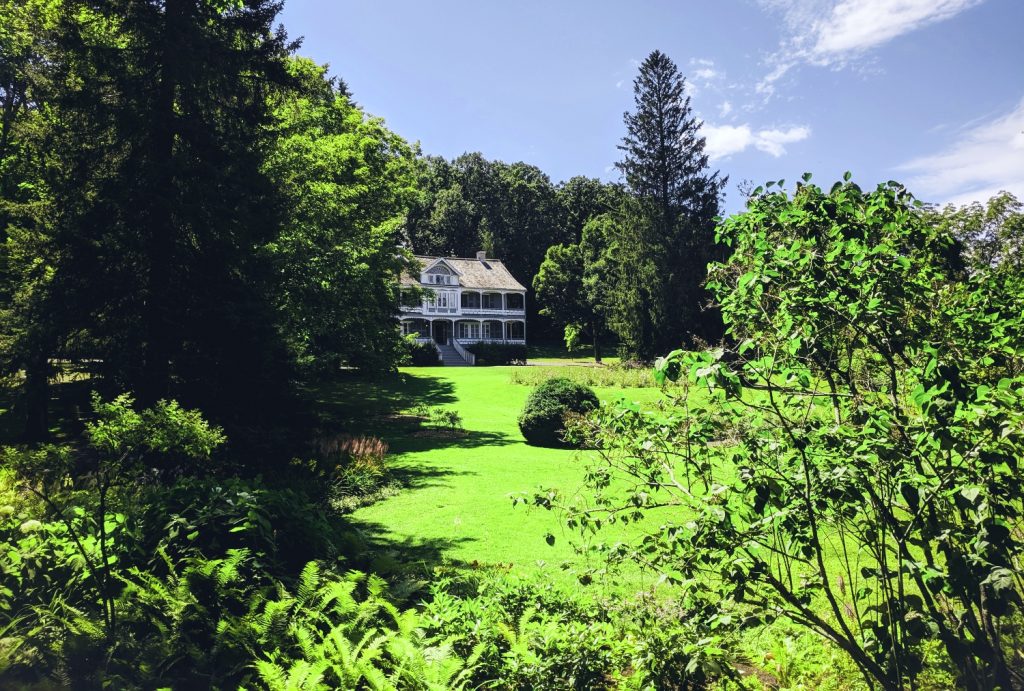
Slow-release granules
If you’re willing to pay a little bit more upfront in order to save yourself time in the long run, then slow-release granular fertilizers are the way to go. Spread this type of fertilizer just as you would powder fertilizer, and allow it to remain on your lawn undisturbed for 48 hours. Then, water your lawn well, and let the fertilizer work its magic. On average, granular fertilizers last up to 90 days, providing plants with a steady supply of nutrients so they can stay looking healthy for a longer period of time with minimal effort on your part.
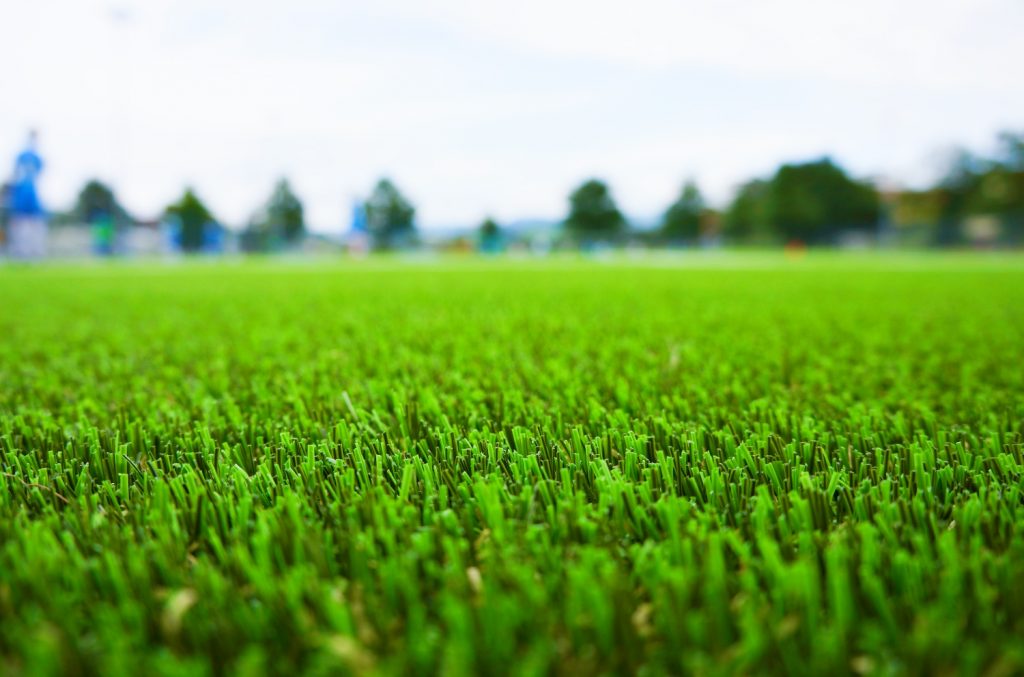
Fertilizer spikes
Because they’re somewhat pricey, fertilizer spikes work best if you only need to feed a limited area — a small yard or a flower bed, for instance. Just use a hammer to tap the fertilizer spikes down to just below ground level, then water the area well. The microbes in the soil will break down the nutrients over time, keeping your plants fertilized for up to around 60 days.
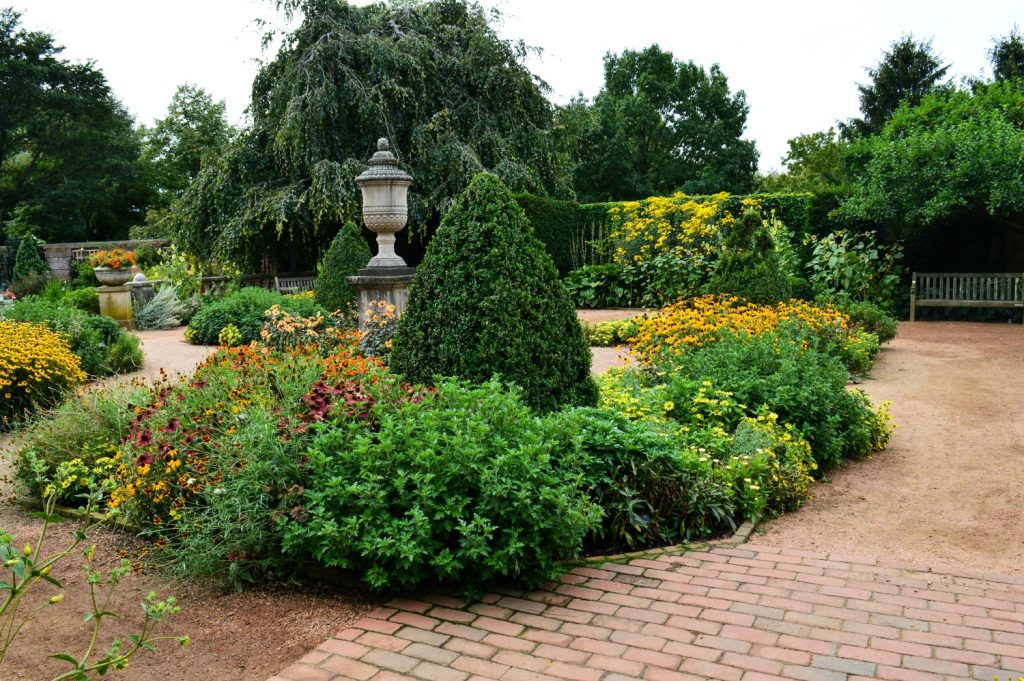
Can you use 19-19-19 fertilizer to feed ornamentals and garden plants?
While 19-19-19 is traditionally viewed as a lawn fertilizer, it can be used to feed other plants as well. This general all-purpose fertilizer can also be applied to the following:
Trees and shrubs
If your privacy trees and evergreen shrubs haven’t been growing as well as they should, then a 19-19-19 fertilizer can help speed things along. Balanced fertilizers are often a good choice for plants that are grown for their foliage. A 19-19-19 fertilizer may be a better option than other balanced fertilizers, including 13-13-13 and 17-17-17 simply because it offers higher percentages of nitrogen, phosphorus, and potassium.
Apply 19-19-19 fertilizer in spring and at 8 to 10-week intervals throughout the growing season to encourage your trees to develop strong root systems and healthy green leaves. A 19-19-19 fertilizer is particularly useful for feeding newly transplanted trees, too, especially if they aren’t as established as they should be.
It’s worth noting that even if you’re only applying powder or slow-release granular 19-19-19 fertilizer to feed your lawn, it won’t hurt the trees and shrubs in your landscaping. Simply apply the fertilizer as instructed, water it properly, and it shouldn’t burn your trees’ or shrubs’ roots.
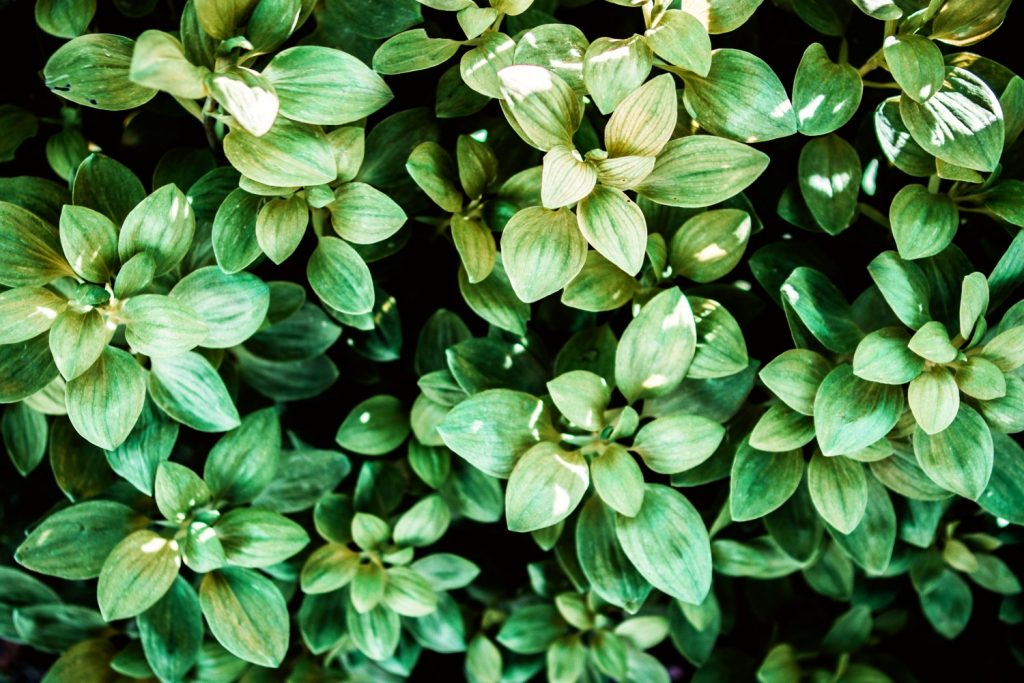
Flowering plants
Plants that are grown for their foliage, like nandinas and loropetalums, and plants that are grown for their flowers, like dahlias and zinnias, have different nutrient requirements. While non-flowering plants rely on higher concentrations of nitrogen to produce dense foliage, flowering plants make use of phosphorus to create a multitude of blooms.
That said, a 19-19-19 fertilizer may not be the best choice for feeding flowering plants. Its equal spread of nitrogen, phosphorus, and potassium may encourage flowering plants to produce more leaves than blossoms. But, if you’ve tested your soil and determined that it would benefit from a general-purpose fertilizer to increase the overall N-P-K ratio, then you can use a 19-19-19 fertilizer to improve the situation.
Fertilize flowering plants with 19-19-19 fertilizer spikes in spring, and every 8 to 10 weeks afterward. Test the soil in midsummer to assess the N-P-K ratio, and to avoid overfertilizing your ornamentals.
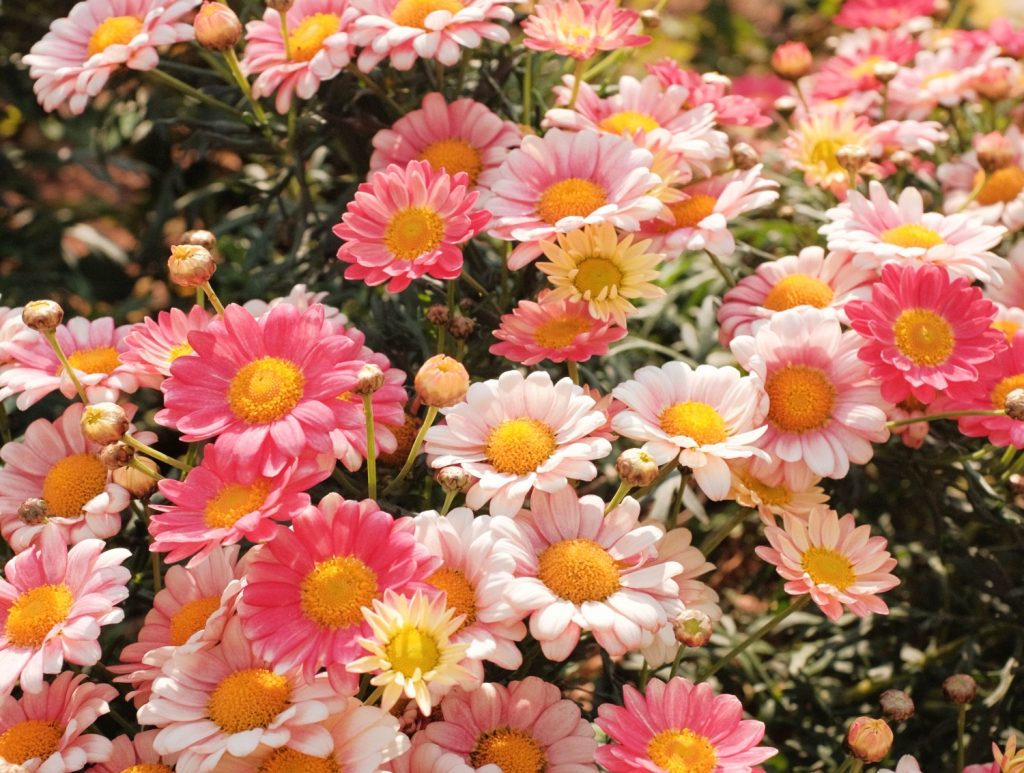
Fruits and vegetables
Feeding individual plants in your garden can be a real hassle. Save yourself some time and use 19-19-19 to fertilize your crops. Powder and liquid fertilizers work best for feeding garden plants. Follow the manufacturer’s instructions, and be careful not to get any of the fertilizer on the plant’s foliage.
Better yet, you can work powder fertilizer or slow-release granules into the soil before planting. It’s much easier to enhance the soil before the vegetables are already growing in it. Feed your crops every 6 to 10 weeks to maximize crop yield, and don’t forget to amend the soil with some homemade compost at the end of the season to help replace the nutrients that were lost.
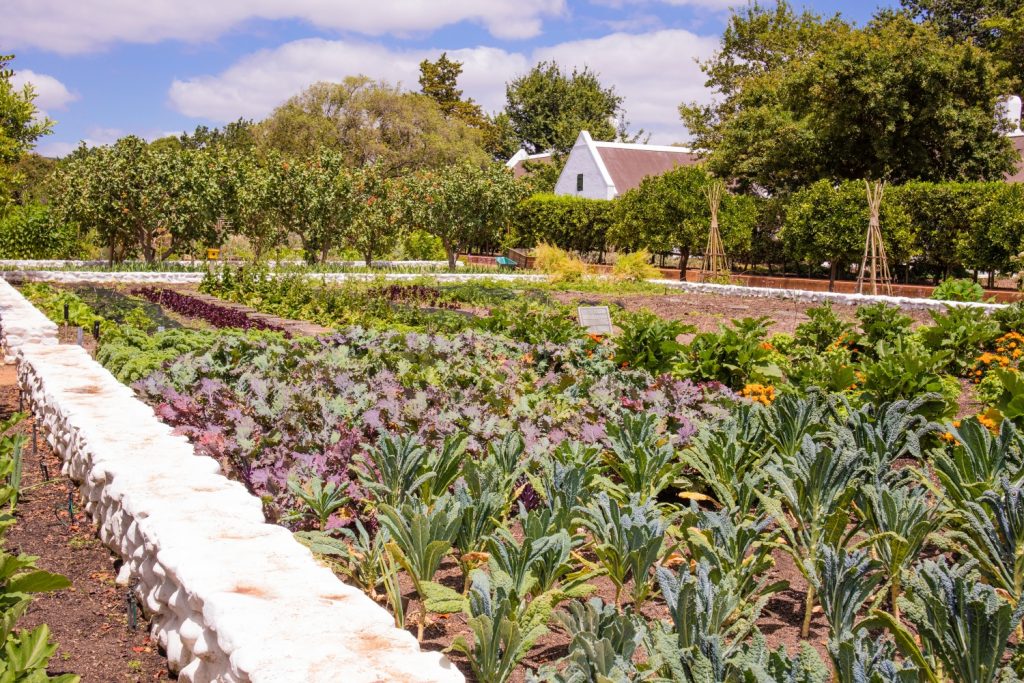
Is it possible to use too much 19-19-19 fertilizer?
You know what they say about “too much of a good thing”. While all plants rely on nitrogen, phosphorus, and potassium to survive, overapplying 19-19-19 fertilizer can have fatal consequences for your landscaping, killing your plants’ foliage and roots and costing you hundreds of dollars worth of damage.
Overfertilization can also have devastating effects on your local ecosystem, since excessive levels of nitrogen can contaminate waterways, leading to eutrophication. This sudden burst in nutrients leads to an uptick in phytoplankton activity. This can stimulate harmful algal blooms, resulting in oxygen depletion and significant bacterial contamination.
Fertilizing is essential for plant growth, but it’s not a task to be taken lightly. When applied correctly and with care, a 19-19-19 fertilizer can improve the health of your lawn, the beauty of your landscape, and the quality of your crops.
